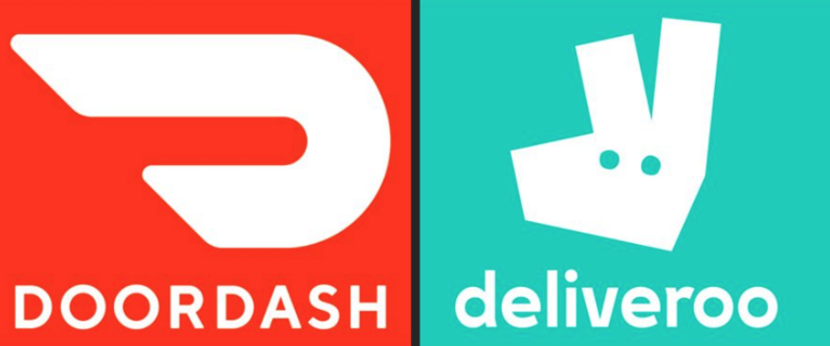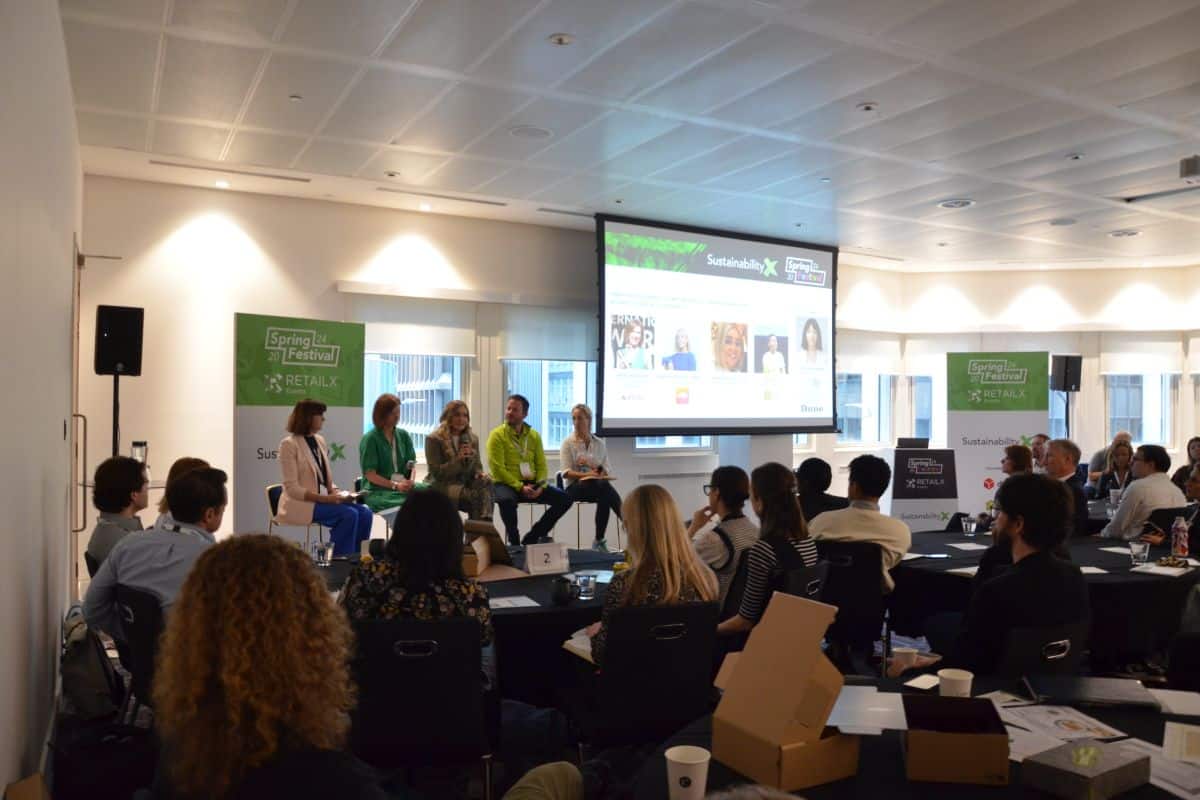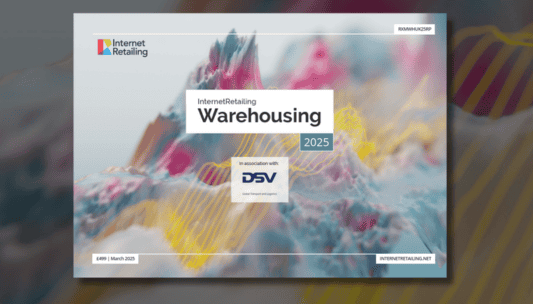Ian Tomlinson, CEO, Cybertill explains how retailers are using pop-up shops as a tool to drive sales, both online and off.
The following guest article has been written for Internet Retailing by Ian Tomlinson, founder and CEO at Cybertill. Cybertill provides retail management software and services including dedicated cloud platforms featuring omnichannel EPoS, PIM, CRM, inventory replenishment, order management, and warehouse management. Its mobile POS can transact whilst offline and is a trusted option for hundreds of retailers globally.
www.linkedin.com/company/cybertill
www.cybertill.com
@cybertill
Capturing the attention of consumers has never been more challenging, especially for big box retailers and brands. The average attention span of a human is just 8 seconds, which means at 9 seconds, goldfish now have a longer attention span than the typical consumer. When thinking about peak trading, every retailer will be pulling out all the stops to capture the attention of consumers. But what works? Pop-up shops are becoming a favourite for both online and high street retailers alike. They are perfect for testing new markets or making your products accessible to areas that you don’t have a physical presence in.
According to the International Council of Shopping Centres, opening one new physical store in a market results in an average 37% increase in overall traffic to that retailer’s website. It’s human nature for people to want to find out more when we see something new or different and retailers can really tap into our inquisitive nature through pop-up stores.
Cybertill and YouGov research highlights that consumers are, on average, 11% more likely to purchase items directly through a retailer or brand in-store than online or through an app. In addition, for Gen Z in particular, nearly half of in-store purchases are assisted by browsing online. The physical space is especially powerful for items which require personalised service to purchase, such as jewellery or makeup.
Look Fabulous Forever (LFF), a makeup and skincare brand formulated for older women (roughly 55+), opened its first pop-up shop in Wimbledon in October 2018 after success as a pureplay direct to consumer brand. “Our pop-up shop isn’t just a place to come and buy our products. Customers can book a makeover for £50 which is redeemable against any makeup bought afterwards. Before we opened the pop-up, we had 200 makeovers already booked and it’s been such a success that the shop is still open,” explains Anna Cusden, LFF’s managing director. The brand has since opened a second pop-up shop in Guildford.
The pop-up shop for LFF offers services that complement the product, which has extended its online presence to engage new customers. “Over 30% of people booking makeovers are new, so it’s been a really good way for us to acquire new customers. In addition, 17% [of visitors to the pop-ups] are dormant. So again, it’s a great way for us to reignite our relationship with our audience,” continues Cusden.
Pop-ups present pureplay retailers with opportunities to create consumer confidence by providing a tangible aspect of retail that can so often get lost online. “Our pop-ups answer one of the main barriers to purchasing makeup online – women can try the makeup. We also create an environment and experience which makes our customers feel comfortable and relaxed. The makeup artists are older women themselves, so there’s an understanding and trust they can build with the customers.”
Using a slightly different approach, beauty brand, Benefit, understands the importance of maximising physical presence by placing vending machines in airports for time poor customers who know what they want. Considering the target market of Benefit differs greatly to LFF, you can see that each brand is using a pop-up strategy relevant for their audience.
RELEVANCY TO THE CONSUMER
Keeping the initiative relevant and meaningful to your audience, as both Benefit and LFF have done, is key to a successful pop-up programme. Our research shows that 49% of over 55s cited ‘face-to-face customer service’ as a top reason to shop in-store rather than online, compared to only 22% of Gen Z and millennials.
Booking short-term commercial space can bring long-term gains for seasonal retailers, especially those planning for peak retail events. Trying to cut through the noise of Christmas is what edible cocktail company Smith & Sinclair aims to achieve with its pop-ups. As managing director Melanie Goldsmith explains: “We design playful, interactive spaces that encourage brand and product discovery whilst delivering shareable storytelling moments, turning our customers into brand advocates through social media and word of mouth. Our aim is to cultivate these relationships at Christmas, then nurture all year round encouraging a longer, more loyal customer lifecycle and referral due to the experience we personally gave those attending our space.”
At the other end of the seasonal spectrum, children’s beachwear brand, Sunuva takes an omnichannel approach to the mix of pop-up shops, wholesales and concessions. Understanding the need to partner with larger retailers since launching in 2007, Sunuva have had collections featured in luxury department stores as well as independent boutiques and international resorts. Managing Director, Bunty Stokes describes how Sunuva made the decision to open a pop-up store: “we’ve continued to see strong growth in our wholesale channel, so we made the decision we should experiment with a pop-up in Notting Hill, close enough to our studio that we could manage it and an opportunity to pilot this channel to complement our existing channels, taking an omnichannel approach.”
With physical space at a premium, pop-ups and micro-retail stores could be a good option for many types of retailers.
Online retailers struggle with costly returns, especially if an item can’t be resold at full price. Pop-ups designed to let consumers ‘try before you buy’ could be perfect for providing that all important touchy-feely approach, which works well for high-end, luxury goods. A mobile pop-up concept, like the Amazon Treasure Truck, could also appeal and get a halo effect of PR.
Brands can be creative and can tap into quirky new tech that they may not be able to implement in store or concessions. Fashion, accessory, jewellery and beauty retailers can minimise products in the pop-up and create a ‘virtual pod’ that lets the consumer choose what they want, view how it would look using virtual mirrors and buy through an app or mobile POS.
Department stores or large national chains can use the ‘store within a store’ concept to team up with local, independent or specialist brands that aren’t available elsewhere on the high street. A great way to increase footfall, it keeps the store fresh and taps into a whole new customer base.
Whatever retailers decide to do, ensure that the pop-up ROI isn’t just measured on pure profit but other factors too such as, new customer acquisition and marketing metrics.
And remember, make it pop (pun intended). It needs to capture the attention of a human, not a goldfish.





